Text
@orchua I FOUND YOU

I drew someone's oc. I wanted to send it to their creator but it's been so long that i forgot their username :(( posting here in case they see it.
7 notes
·
View notes
Text
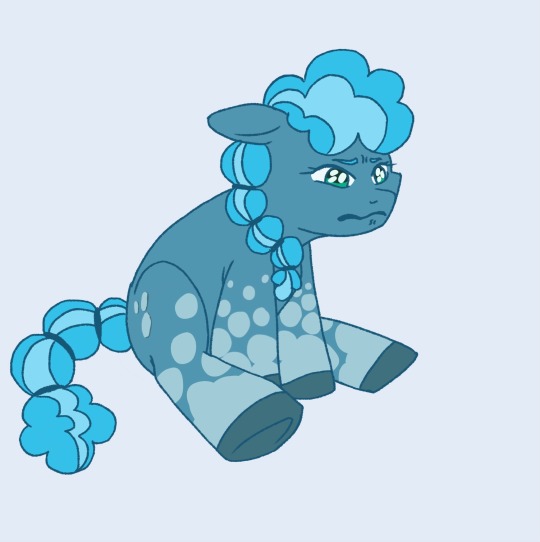
Omg new oc for the first time in years :OOO
She's based on stony beaches and her cutie mark is stepping stones. Still working on her name. For the longest time, she was a pushover. She let people walk all over her and justified it, since stones are meant to be stepped on.
3 notes
·
View notes
Text

I drew someone's oc. I wanted to send it to their creator but it's been so long that i forgot their username :(( posting here in case they see it.
#i tried going through all my messages even in my sideblogs but i couldnt find our convo :(#when i say it's been a long time i mean it's been literal years#hopeful this comes across their homepage and recognizes their oc#mlp oc
7 notes
·
View notes
Text
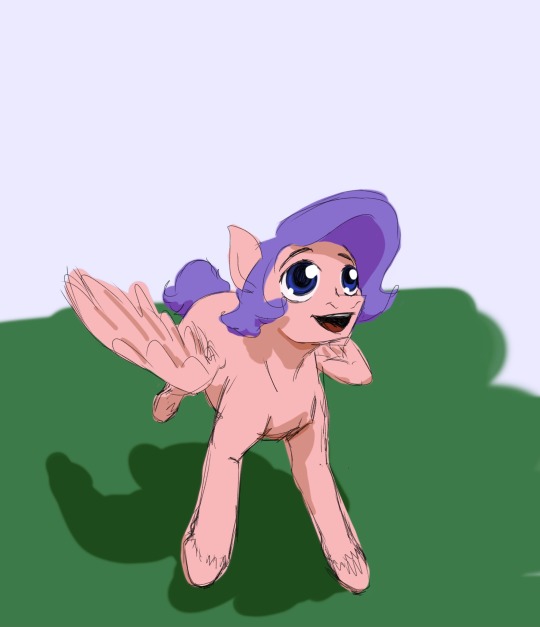

Some doodles of her cause im getting nostalgic and i wanted to post them somewhere 😳😳
1 note
·
View note
Note
Wow! Very impressive! (Would you like to do an art trade? :3)
Thank you!
(sure bro, that’d be great!)
1 note
·
View note
Note
Well... Can I see a few samples?


Here are two samples. I can draw other things besides ponies, but I’m still not the best backgrounds and scenery.
( @askgoldstone literally did these in 3 hours omg)
1 note
·
View note
Text
Please re-blog if you’re OK with silly fan art of your characters.
I can’t think of even one good reason why I wouldn’t be
115K notes
·
View notes
Note
So you have a job selling your art? Could I buy some?

Of course you could buy some! What would you want to get?
(note: I am personally not actually selling art, only fictionally. But I am willing to do requests.)
2 notes
·
View notes
Note
“◀️◀️”

‘Sometimes we’d just sit there and talk for hours.’
send “◀️◀️” to get a glimpse at a memory from my muse’s past.
#askgoldstone#ask#my art#Monet#omg who other pony 👀👀#I'm just gonna give it out#monet's sister#I love her already
1 note
·
View note
Note
Oh my gosh! Monet is updating again!? Welcome back!

@askgoldstone ((I WILL TRY AND THANK YOU))
7 notes
·
View notes
Photo


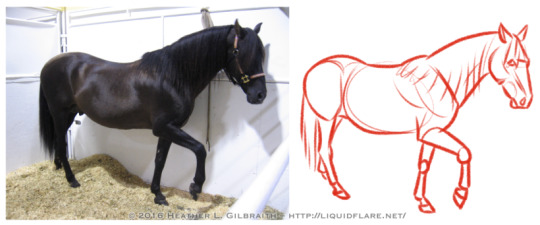





– Horse Drawing Tips –
Hello, all! I thought I’d put this together to try and give people a place to start when trying to learn about and understand horse anatomy. Drawing horses, like anything else, definitely requires some work and observation to be able to draw confidently, but some of the these ideas/tips can help you find ways of analyzing references and simplifying forms to make the journey easier. Drawing horses doesn’t have to be scary! Read on for some notes on the drawings above…
Basic Shapes of a horse body:
Use these shapes to help you block in the body forms of your horse and to help you simplify the anatomy of the horses you draw. When you study photos of horses, try to see how these shapes move/stretch in relation to the horse’s pose/action.
Horse Anatomy Studies:
1) Standing/Walking:
a. Reference photo – Start with a photograph that you’d like to study. Try to choose a clear one with visible anatomy (obscured as little as possible) and interesting shapes.
b. Outline – The outline gives me a point to start from to analyze the anatomy of the horse from the photograph. I use it as a guide for the next few steps.
c. Skeleton – The skeleton usually takes too much time to do with every photograph, but it’s very helpful to be aware of the bones of a horse, so you know what you’re working with. Do a few of these with a drawing/photograph of a horse skeleton for reference and familiarize yourself!
d. Simplified Skeleton – Then draft out a quick, “simplified” skeleton. Try to block out the important angles, joints, and important anatomy reference points, such as the shoulder/elbow bones and the hip/knee bones. These angles will go a long way to helping you get the proper feel for a horse and the way its body naturally moves.
e. Simple Block Shapes – From there, block out the forms of the horse. Keep the skeleton in mind, but be aware of the masses of muscle and fat that moves with and covers the bones. Find ways to simplify the shapes that work for you, and try using these shapes in the future when blocking in a drawing of a horse.
f. Curves vs. Straights – Juxtaposing curved (both concave and convex) and straight lines helps to emphasize the anatomy, and add a pleasing sense of rhythm to your drawing. Experiment with emphasizing convex curves vs. concave curves, or straights against curves, etc., to get a look that is pleasing to you and also compliments the horse’s anatomy.
2) The Trot:
The trot is a horse’s natural “jogging” gait, the next gait up from a walk. When trotting, the horse almost always has at least one, usually two, hooves on the ground at any moment. Remember that in most cases, horses walk/trot/canter/etc. with opposite legs moving together or in sequence; for example, right front leg raised, and left back leg raised, while the other two legs (left front leg and right front leg) are bearing the weight. Remember this when sketching your horse’s pose! (The exceptions to this are pacers and Icelandic horses doing the “tolt”, feel free to look them up!) When drawing this gait, it is sometimes helpful to emphasize the two opposing legs that mirror each other; with two legs straight/weight-bearing, and too legs extended/bent/moving. Keep the opposing legs in tandem with one another and you’ll have this gait down!
3) The Canter/gallop:
Cantering is a horse’s natural running gait. In this gait it’s possible for all of a horse’s hooves to leave the ground for a moment with each stride. If a canter is a horse’s equivalent a human’s run, then a gallop is a sprint; in a gallop a horse reaches its maximum stride length and speed, though they don’t have the endurance to keep a full-on gallop up for long. When drawing the canter, watch out for which legs are bearing the weight and use that the guide you. (In my photo example, the right back leg and the left front leg are currently bearing the weight, with the right front leg about to take the weight to allow the left front leg to raise. Ugh, complicated…!)
4) The Jump:
It’s when jumping that a horse reaches its maximum “stretch”! Keep in mind that a horse’s back is not very flexible (which is what makes them great to ride!), so try to keep that spine straighter/stiffer than you would for a dog or a cat. Bending the horse’s spine too much will start to make it look broken, or at the very least, very old and decrepit, as horse’s spine starts to bend/sag with age.
5) The Landing:
To emphasize the weight of a horse coming down on its front hooves, be sure to bend it’s “toe joint”, or pastern, so that its fetlock or knuckle joint is nearly touching the ground. Let that joint bend to absorb the shock of the landing!

Try to avoid these common anatomy mistakes when drawing horses. Study photos and the horse’s skeleton/anatomy to avoid these! (And seriously, please forgive how horrible these drawings are! I literally whipped them up in only a few minutes, haha…)
Keep reading
#reference#it's important to know a basic understanding of horse anatomy to be able to draw ponies#reblog#art tips#horse anatomy
3K notes
·
View notes
Photo

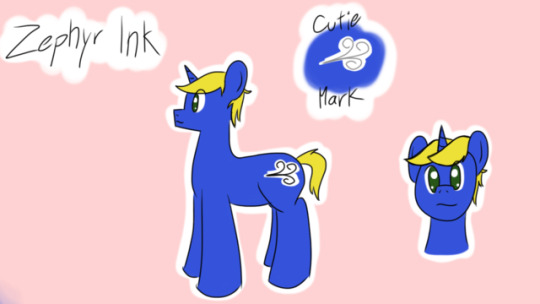
ALRIGHT YEAH I DECIDED TO AT LEAST TRY TO BE ACTIVE ON THIS BLOG TIME TO VAMP IT UP AGAIN
#not gonna add bios for them#too much for me rn#so I guess you'll find out their personalities thru asks n stuff I post#zephyr ink#Monet charm#honestly took me forever to come up with names#how do other people do it#so anyway#I LIIIIVE#sorta
2 notes
·
View notes
Photo

Should I be active or nah
#sorry for such a long hiatus#I got an ask I wasn't prepared to answer properly#didn't know how to answer it#and that got me stuck#so instead#I'm just gonna answer with comedy because that's what I do best#or mostly comedy#post#maybe I'll be more active#mod#Monet charm
2 notes
·
View notes
Photo


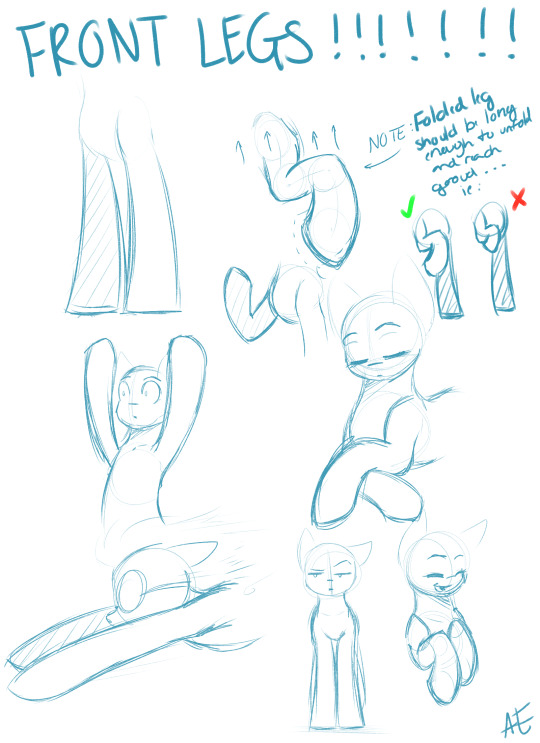

Self explanatory.
Take this with a grain of rice. You can use this or not. I personally find my anatomy more fun than the canon style so.
But yeah this is how I work.
#reference#gasp#a rare post appears#:0c#reblog#sorry for being so inactive for like what? almost a year???
3K notes
·
View notes


